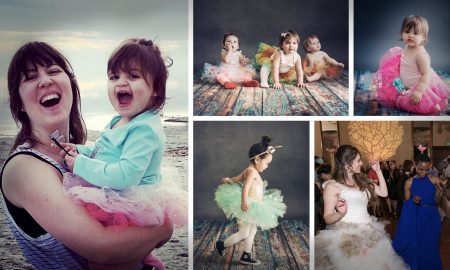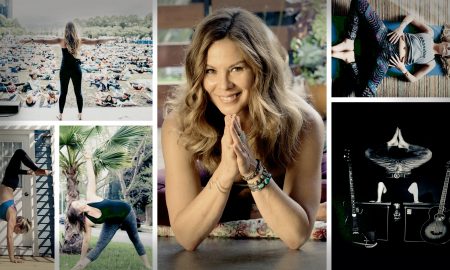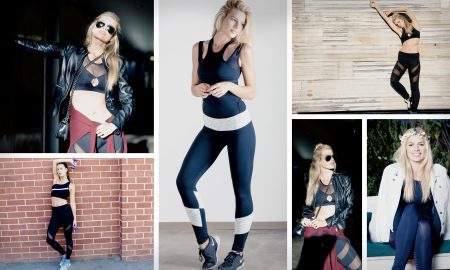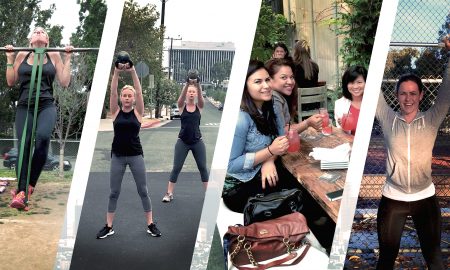

Today we’d like to introduce you to Nick Biddle
Alright, so thank you so much for sharing your story and insight with our readers. To kick things off, can you tell us a bit about how you got started?
I started getting really into photography in middle school, developing my own film and doing my own printing, which led me to applying to art colleges and ultimately deciding to go to Pratt Institute. It was a great school, which implemented the Bauhaus method of teaching, which makes sure that you are proficient in all aspects of the art world. From drawing, painting, mold making, color theory, and wood working, you could not be a slouch.
I had wanted to make photographs that didn’t resemble photos. I was more interested in the way light worked in forming color and shapes and I think this thought process ultimately led me to what I am currently doing right now; making sculpture that works with light and form.
We all face challenges, but looking back would you describe it as a relatively smooth road?
I think like all artists there are struggles. It’s what makes for good art. Whether those struggles are existential or physical or financial. You have to focus on making the right decision at the moment and stay present. Having goals, but focusing on the steps. Also making mistakes is a big part of making art. It is really about what you choose to do with those mistakes. Do they offer a new perspective on new possibilities within your practice or do they offer a sense of failure and disappointment? Everything is how you look at it.
As you know, we’re big fans of you and your work. For our readers who might not be as familiar what can you tell them about what you do?
Each piece is a quiet meditation, born from collective experiences of depression and the search for light within darkness. Through soft gradients, ethereal forms, and reflective surfaces, I explore the delicate balance between presence and impermanence, mirroring both the natural world and the shifting landscapes of the mind.
A central material in my work is resin—a substance with an ancient history, once derived from tree sap and used in ritual, preservation, and healing. Today, resin is largely synthetic, a form of plastic that carries a far more complex and troubling legacy. Plastic, while versatile and transformative, is also a symbol of environmental degradation and mass consumption. In my work, I embrace this contradiction, using resin as both a material and a metaphor. By shaping it into organic, ethereal forms, I question the duality of its existence—something that can be both beautiful and destructive, ephemeral yet enduring.
Inspired by the cycles of nature—sunrises, tides, blooms—I create portals that invite introspection and stillness. These works are a way of processing emotion, of externalizing the internal, transforming weight into lightness. By blending sculptural elements with atmospheric color fields, I hope to create spaces of calm and reflection, where the boundary between self and surroundings dissolves. Like nature, healing moves slowly and subtly, and my work is a reminder that even in the heaviest moments, there is beauty, there is softness, and there is the possibility of renewal.
Is there any advice you’d like to share with our readers who might just be starting out?
I think being self critical is very important. Using failures as a motivation to work harder is key. Also having a good mentor or sounding board that will tell you the truth and maybe take you down a peg in an effort to create better work and push you.
You always hear about ‘not giving up’ and I think that that is important more on the mental side. There’s a lot of focus right now on physical labor and grinding and feeling as if you have to keep producing or you’re not working hard enough, but it is important as an artist to take breaks, not waste material and really envision the next piece and plan out on how to execute it to the best it can be.
Contact Info:
- Website: https://Nicholas-Biddle.format.com
- Instagram: https://instagram.com/nickbiddleart








Image Credits
Ivana Bramson, Neill Bachand, Alex Rose











